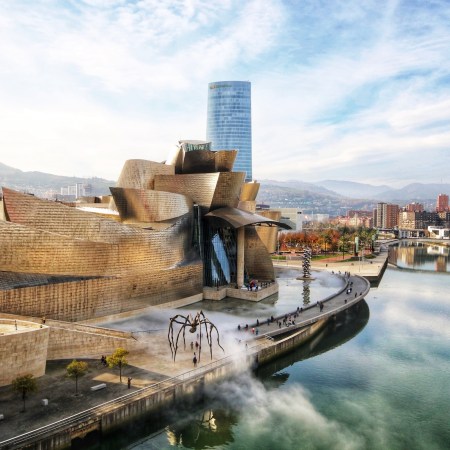If you have a hankering to get off the beaten path without passports and currency exchanges, you can do it right here in our own backyard.
This country has a lot of cool stuff…freedom, bald eagles, footprints on the moon, Twinkies…but our public lands are some of the most profoundly spectacular legacies offered to everyone courtesy of our own generosity.
And now that the government shutdown is over — at least for now — it’s the perfect time to go with many national parks reopening. (Others are still closed for major clean-ups.)
There has been much talk in recent years about public lands but there is also a good bit of confusion as to what they actually are, how they are managed and how we can reap the benefits of their existence and protection. To the in-the-know outdoor enthusiast, they are the crown jewels of our nation, the gift that keeps on giving and among the most iconic elements of childhood nostalgia. They are the source of some of our fondest memories: of roasting s’mores over blazing campfires, cleaning our first fish in mountain streams, or wandering the endless expanses of our very own wild corners.
All our public lands are managed by the US Department of the Interior. Their job is to curate these fabulously undomesticated expanses for our use and that of future generations.
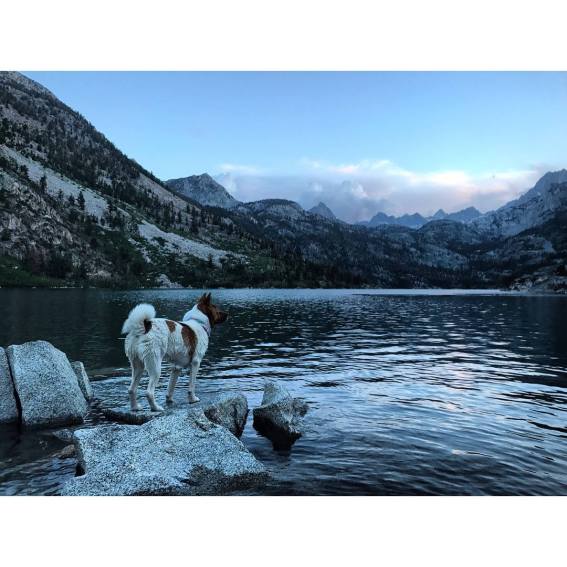
National Parks
On March 1,1872, President Ulysses S. Grant established Yellowstone National Park as the country’s first in the park system.
There are currently 59 national parks in the United States but that’s just the tip of the proverbial iceberg…incidentally, we have those glorious ship-sinking beauties in Alaska if you’re ever interested in seeing Smurf blue behemoths moving at a snail’s pace toward some unknown destination.
Our National Park System encompasses national parks along with monuments, battlefields, military parks, historical parks, historic sites, lakeshores, seashores, recreation areas, scenic rivers and trails, and even the White House.
Basically, our nation is a treasure trove of natural wonders that rival just about anything on this planet. You want to see caves, canyons, waterfalls, geysers, wetlands, islands, coral reefs, glaciers or giant trees…we’ve got em. We are, in fact, so very instagram worthy that National Park attendance has gone through the roof setting record highs in 2017.
Top 10 most visited National Parks in the US in 2017, according to the park ranking report are:
Great Smoky Mountains 11.3 million annual visitors
Grand Canyon:: 6.2 million
Zion: 4.5 million
Rocky Mountain: 4.4 million
Yosemite: 4.3 million
Yellowstone: 4 million
Acadia: 3.5 million
Olympic: 3.4 million
Grand Teton: 3.3 million
Glacier: 3.3 million
Beautiful, all of them. Worth seeing despite the crowds, traffic jams, and people movers employed to lessen congestion. Still, without a doubt, seeing Yellowstone’s multicolored hot springs or Yosemite’s famed Merced valley are experiences not to be missed.
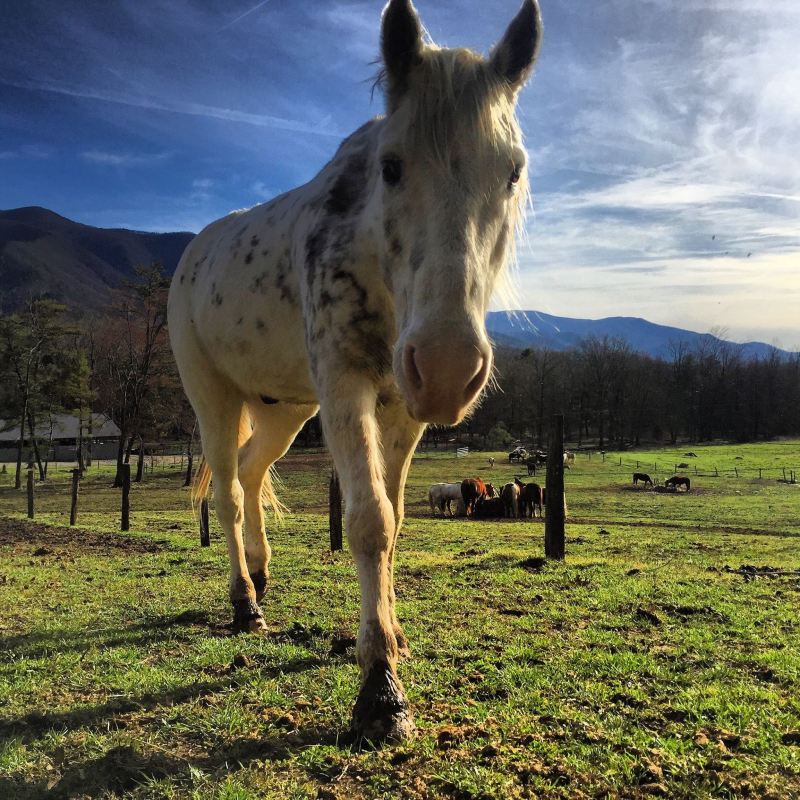
However, as a soul that tends to climb under tables to hang with the family pets at social gatherings in a desperate attempt to avoid mingling at all costs, I am here to give voice to the majestic open spaces that haven’t quite reached social media influencer status just yet….and God bless, as it allows some of us wanderers a chance to delightfully breathe in nature sans the company of a few thousand other bipeds snapping selfies.
So, toward the bottom end of the of U.S. National Parks popularity contest are two of my favorites that make my heart pitter-patter with joy as they are true wilderness experiences and, as of yet, untapped by the masses.
Isle Royale National Park, Michigan, with a measly 28,000 thousand visitors in 2017 stands out in my mind as the ultimate retreat with a dash of fairy dust. Deep thick woods ripe with thimbleberries and blueberries, loons calling across the lakes, starry-starry nights, paper birch trees rustling in the breeze, fishing for giant lake trout to cook back at camp.
This pristine park is the largest island in the world’s largest body of fresh water, Lake Superior. Accessibility is definitely a factor in its remoteness as ferry, seaplane, or private boat are the only means of access. It is also one of the few national parks to close in winter, from November 1 through April 15 annually.
The park has 36 designated campgrounds, many accessible only by trail or, even better, by canoe or kayak on the island’s various lakes. Camping reservations are required to be allowed to stay overnight on the island.
Moose and wolves are the big fauna on the island and encountering the massive herbivores is a fairly regular occurrence. The wolves are more elusive but spotting their tracks is definitely a possibility, and one that no doubt makes your hair stand on end in the best way possible.
The hiking is exceptional through the rich, green forest and several trails are doable for even the day trippers. Greenstone Trail Lookout offers expansive views of the island and Suzy’s Cave shows off a former sea arch turned grotto. In the fall you even have a shot at witnessing the elusive northern lights.
Four lighthouses occupy the island, but the waters surrounding it haven’t always been kind to ships. There are 25 shipwrecks and a few are viewable by scuba if you are daring enough to brave the chilly water.
In addition to the main island, 400 satellite islands are scattered nearby, some no bigger than the ubiquitous mosquitoes. That’s meant to imply that the mosquitoes are island-sized and will carry you away if not cautious.
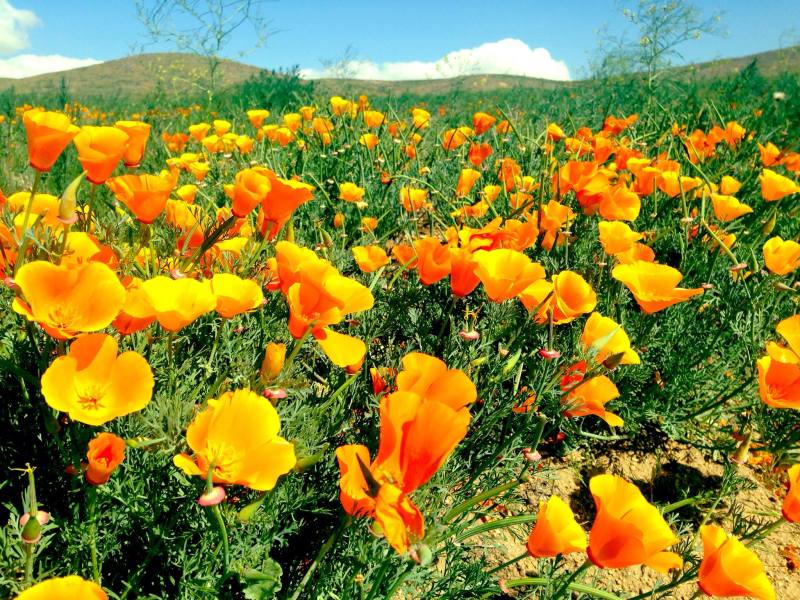
If you want to get off the grid completely and disappear for a few days or weeks, this is your place. One of the last bastions of wilderness where you can wander for days without encountering another person. Just how some of us like it.
Channel Islands National Park, California with 343,000 thousand visitors in 2017 exists just off shore from one of the nation’s megapolises.
The Channel Islands consist of five islands, which are protected as a national park and the 175 miles of shoreline are breeding grounds for harbor seals and sea lions; home to hundreds of fish species; migratory routes for a variety of whales; playground for huge pods of common dolphins, Risso’s dolphins, and occasionally even the more rare pacific white-sided and bottlenose dolphins.
The islands were once one long landmass. After a good bit of ice melt following the last ice age, the sea levels rose and we now have five disconnected islands: Santa Rosa, Santa Barbara, San Miguel, Anacapa and Santa Cruz.
Island Packers is the boat service that offers one of the only ways to access the islands for day trips, camping, or kayaking adventures. The crossing alone is worth the boarding fee. Blue whales, basking sharks, even orcas make appearances in the Santa Barbara Channel and the captains are in no rush to blaze past such magical moments. We witnessed two blue whales on our crossing, one ceremoniously throwing up its fluke for a deep dive right in front of our boat.
Santa Cruz Island has 77 miles of coastline with breathtaking hikes up steep cliffs, fantastic sea caves, coves, and an abundance of beaches.
Once you arrive the world is your oyster. Camping, miles upon miles of hiking trails, free-diving, scuba diving, spearfishing, kayaking, incredible stars, world class sunsets…all yours.
145 species of the Channel Islands flora and fauna are found nowhere else in the world. One of the more peculiar and well loved characters is the Channel Island Fox. The infamous little buggers are omnipresent on islands like Santa Cruz…literally everywhere. Walking to the campground we got a glimpse of one furry varmint and immediately took two dozen photos under the delusion that this might be a rare opportunity. Twenty minutes later we were swatting them off our table and shooing at least four from infesting our campground. The miniature bandits are cartoon-like in appearance and ruthless in their pursuit of anything edible. They are best described as brazen, shameless little thieves that will poop in your tent, steal your food and pee on your belongings. One particularly presumptuous individual got wind of our freshly speared sheepshead and came by for a taste. I turned my back for half a second and he was off with the odds and ends protecting them with adorably fierce snarls. Cute little jerks.
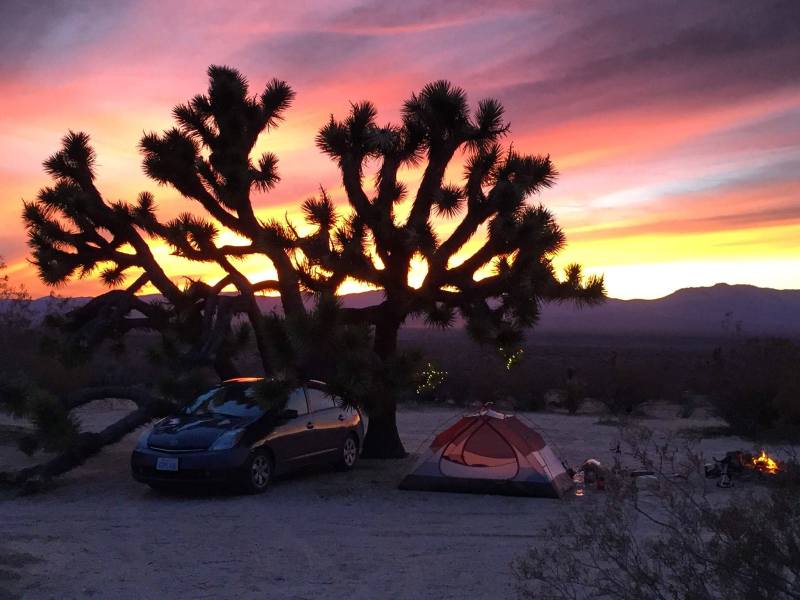
Sadly, despite the comic relief they offer the foxes have a rather rocky history of survival. When bald eagle populations dropped due to the use of the infamous Silent Spring pesticide, DDT, golden eagles moved in and made the foxes part of their diet. Fox populations were nearly wiped out until rangers stepped in and the golden eagles were trapped and unceremonious removed. Bald eagles then returned to their original habitat reestablishing the fragile natural balance that humans had bungled in the first place.
The island archeology is also rather profound with some excellent insights into habitation going back thousands of years. On a National Geographic program in 2012 I had the privilege of authenticating a stone bowl used by Chumash Native Americans who inhabited the islands 13,000 years ago. Down the coast in Venice they would call that vintage and build a Burning Man float to honor the heritage.
All this semi-secret nature thrives just 30 miles off the Southern California coast where millions of humans go about their very important business every day, many with no idea of the wonders that exist just a short boat ride away.
The national park entrance fees are still a much better deal than Disneyland but they can run you upwards of $25 for the more popular parks with costs scheduled to go up in the coming year. The park service does offer several free entry days during the year worth taking advantage of, but if you enjoy visiting multiple times a year the America the Beautiful National Parks and Federal Recreational Lands Pass is $80 for the year and grants you access to more than 2,000 federal recreation sites, which includes all the national parks. I buy one yearly. Great stocking stuffer for the adventurous soul in your family too!
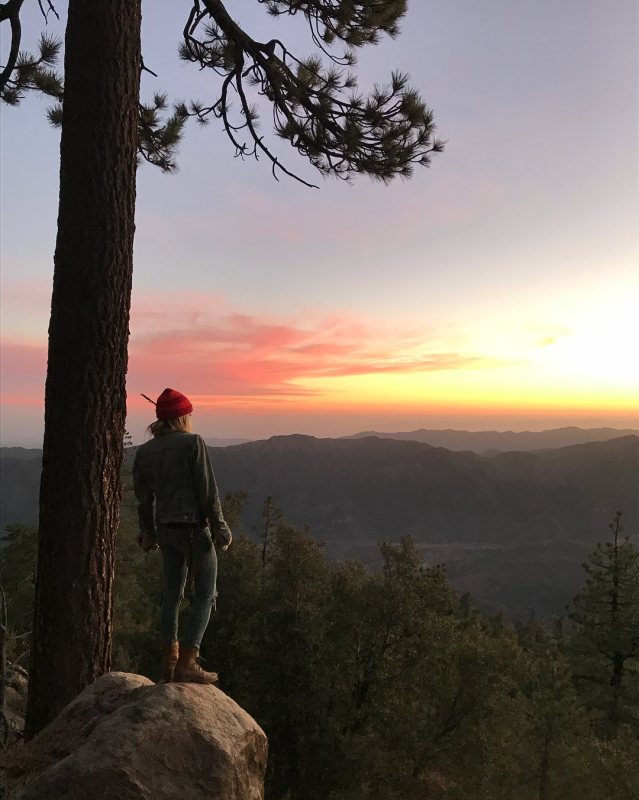
Bureau of Land Management (BLM)
In addition to all the marvelous national parks, President Harry S. Truman created the The Bureau of Land Management (BLM) in 1946. This agency is tasked with overseeing all the public lands in the United States. That’s a little chunk of dirt that constitutes one-eighth of the landmass of this country. Most BLM public lands are located in Alaska, Arizona, California, Colorado, Idaho, Montana, Nevada, New Mexico, Oregon, Utah, Washington and Wyoming.
Originally BLM was considered the land nobody wanted because homesteaders passed it by…more for the rest of us.
Some of my greatest outdoor adventures have been spent roaming the expanse of America’s BLM land. For the most part, camping is free with few restrictions. Dispersed camping is the term used for camping anywhere outside of designated campgrounds. I also particularly like the term “boondocking”…staying in a completely undeveloped area. It means there are no services like trash bins, water, bear boxes, tables, fire pits or bathrooms. It also means you are usually on your own which is the reason many of us prefer this type of camping. Regular campgrounds can look like county fairs on popular weekends and run you on average $20 a night or more….that’s running just short of Motel 6 prices.
If you’re more into parking your Prius under a Joshua Tree and pitching your tent to the vibes of a ridiculous sunset, while paying not a dollar for the experience, you are a fan of BLM land. They really don’t ask for much in return. As a general rule you can stay for up to 14 days and the big ask is that you follow the seven Leave No Trace principles.
When the campgrounds at Joshua Tree National Park are full, I head just south of the park to Mecca Canyon (often also referred to as Ladder Canyon and Painted Canyon). The 6-mile round trip trail offers stunning rock walls, rope ladder climbs and slot canyons formed courtesy of the San Andreas Fault. The area around it is all BLM land and open for primitive camping.
Another place to get up close and personal with the San Andreas Fault while camping for free in California is Carrizo Plain National Monument, governed by the BLM and just a few hours north of Los Angeles. During the spring, wildflowers bloom like mad, creating carpets of yellow and purple to the point of dizziness. Soda Lake is a semi-dry salt lakebed with marvelously photogenic deposits of sulfates and carbonates that look like strange heaps of baking soda.

National Forests
The other fantastic land offering from our nation are the 154 National Forests. Another area with liberal dispersed camping policies that allow you to pitch a tent and stay under the stars, usually for free. According to the National Forest Foundation our National Forests offer almost 150,000 miles of trails to hike, more than 4,400 miles of wild and scenic rivers to float, at least 5,100 campgrounds where you can hang a hammock and roast some hot dogs and 328 natural pools to swim in. That’s a pretty good deal. Who said the best things in life aren’t free?
“All National Forest lands are open to camping unless otherwise posted. The advantages to this type of camping are many: peace, solitude, and adventure. There are, however, a few ‘drawbacks’. You’ll need to have a fire permit, bring your own water or purify water from lakes, streams, or springs. Be sure to make your camp at least 100 feet from all water sources. Since there are no toilet facilities, please dig a hole at least six inches deep for disposal of your human waste.” – United States Forest Service
I’ve had some heavenly wild thing experiences in these far flung tree havens.
For four days I roamed Alaska’s Tongass National Forest on my own, exploring glacial caves and taking selfies with blueberry-coated bear droppings. Tongass is the largest National Forest in the nation and over one-third of it is designated as federal wilderness… and it is as wild as it gets.
Sierra National Forest in California is my go-to mountain escape. Full of towering granite peaks, remote hot springs, sub-alpine meadows, high altitude lakes, and stunning vistas, it’s the ultimate city dweller’s breath of fresh air…literally and figuratively. The Sierras have 50 designated campgrounds and almost 400 lakes…but of course the real magic is in the endless availability of dispersed camping options.
The Sierra Nevada mountain range is 12 million acres of federal public land.
Parts of the John Muir Trail and the Pacific Crest trail snake thought this forest for the extra committed outdoor enthusiasts who are more than just weekend warriors.
For any off-gird camping, the most basic essential is a good old-fashioned paper map. I have a tattered California road atlas that lives in my car and has served me faithfully over the years. For one, cell phone service is usually non existent in these areas, which is part of the fun. Additionally, paper maps tend to be more detailed than anything you can find and print online.
Websites like Free Campsites and Campendium are another savvy tool for finding good spots.
Checking websites for parks, forests, and BLM areas you want to visit is always a good idea, as each one has its own rules and restrictions. And then you’re off…happy trails to you.
For more travel news, tips and inspo, sign up for InsideHook's weekly travel newsletter, The Journey.


